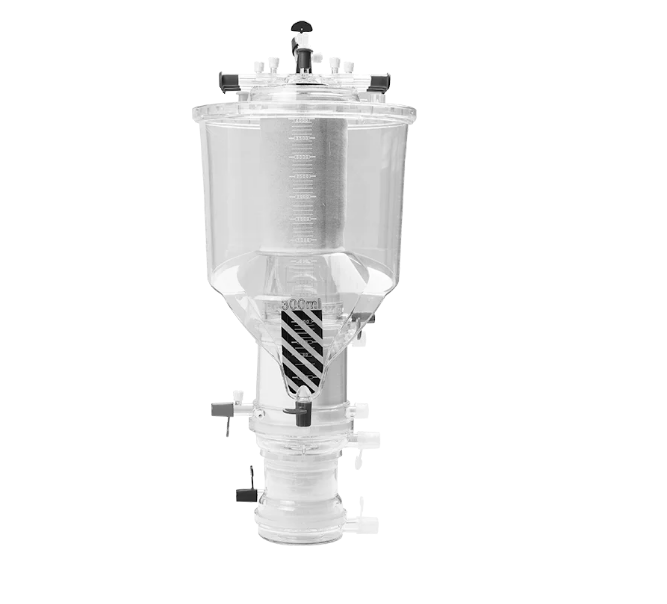In the field of medical technology, the membrane oxygenation system represents a significant advancement in the management of respiratory and cardiac support. This system utilizes a specialized process to enhance oxygen delivery to the bloodstream while efficiently removing carbon dioxide. By understanding the principles and applications of membrane oxygenation, businesses in the healthcare sector can better appreciate its impact on patient outcomes and operational efficiency.
The Mechanism of Membrane Oxygenation
At the core of the membrane oxygenation system is the microporous hollow fiber membrane. This technology facilitates blood-gas exchange through a process where blood flows on one side of the membrane while gas flows on the other. The design of the membrane ensures that blood and gas do not come into direct contact, thus preventing complications such as serum protein denaturation. This method of extracorporeal membrane oxygenation (ECMO) allows for effective oxygenation and carbon dioxide removal through diffusion.
The efficiency of membrane oxygenation systems lies in their ability to sustain oxygen levels in critically ill patients who cannot maintain adequate oxygenation through conventional means. The diffusion process is fine-tuned to optimize gas exchange, making it a critical tool in emergency medicine and intensive care units. Furthermore, the membrane’s structure is engineered to maximize surface area, enhancing the overall performance of the oxygenation process.
Applications and Benefits
Membrane oxygenation systems are increasingly utilized in various clinical settings. They play a crucial role in managing conditions such as acute respiratory distress syndrome (ARDS) and during complex cardiac surgeries. The ability to provide high levels of oxygenation while simultaneously removing carbon dioxide makes these systems invaluable in critical care situations.
In addition to improving patient outcomes, the implementation of membrane oxygenation can lead to operational efficiencies for healthcare providers. As these systems minimize complications associated with direct contact blood-gas exchange methods, they reduce the risk of adverse events and improve overall patient safety. This reliability is essential for hospitals aiming to enhance their service quality while managing costs effectively.
Innovations in Membrane Oxygenation
The landscape of membrane oxygenation continues to evolve, with ongoing research focused on enhancing the materials and designs of these systems. Innovations aim to improve biocompatibility, reduce the size of devices, and increase their usability in diverse medical scenarios. As the healthcare industry moves towards more advanced and efficient solutions, the potential for membrane oxygenation technology remains promising.
In the context of these advancements, companies like WEGO Medical are at the forefront, developing cutting-edge oxygenation systems that leverage the latest in membrane technology. Their products exemplify the commitment to improving patient care through sophisticated engineering and a deep understanding of clinical needs.
Advancing Patient Care through Membrane Oxygenation
The membrane oxygenation system represents a critical component in modern medical practice, providing essential support for patients in need of respiratory and cardiac assistance. As the technology continues to advance, businesses within the healthcare sector must stay informed about the benefits and applications of membrane oxygenation. By embracing these innovations, organizations can enhance patient care and operational effectiveness, ultimately leading to better health outcomes.
